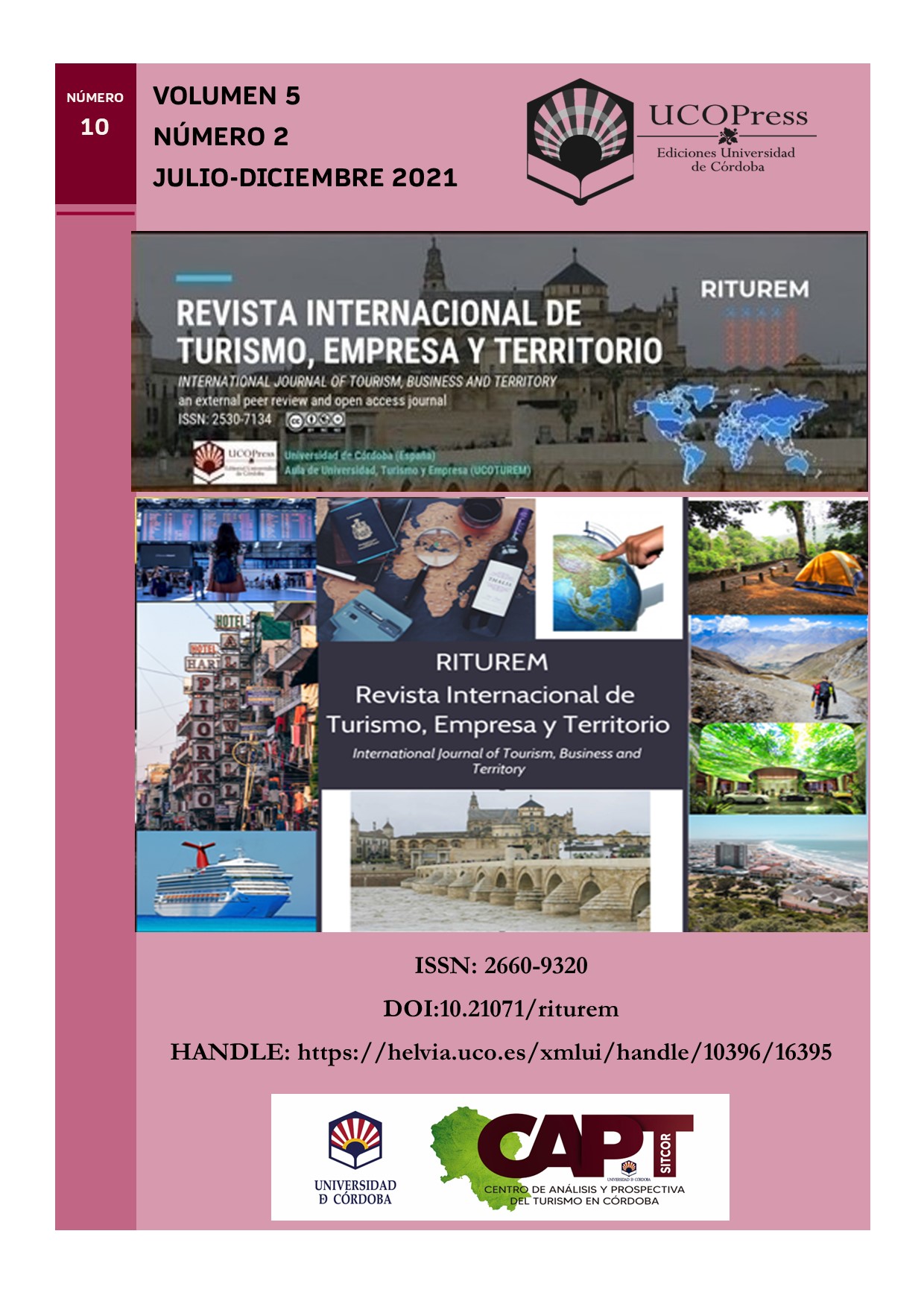Public-Private Partnerships in the Tourism Sector in Niassa (Mozambique) as a Booster for Local Development
Main Article Content
Abstract
This research analyze Public-Private Partnerships in the Tourism Sector in Niassa as a Booster for Local Development, as well as to identify the tourist instances of the Province of Niassa; describe the relationship of these instances with the local population; characterize the influence of these instances on local development. Considering these objectives, we used the qualitative research method, seeking to gather the opinion of a panel of professionals and academic experts in the areas of tourism, tourism project management and funding in the Provincial Directorate of Culture and Tourism. Research results show that there is a cursory knowledge of the potential of these tourist sites and contributes little to local development; most instance owners in Niassa province prefer to hire foreign staff, particularly from neighboring Malawi for sectors such as hospitality, cooking, diving and catering because they fear admitting untrained Mozambicans; There is no full connection with the local community, there is no doubt that in these tourist sites the potential of the local cultural scope is not explored as an attraction to be offered to the tourist.
Keywords: Public-Private Partnerships, Tourist resorts, Local development, Mozambique.
Downloads
Article Details
Copyright Notices Proposed by Creative Commons
Proposed policy for journals offering deferred open access
Those authors who have publications with this journal, accept the following terms:
1. The authors will retain their copyright and guarantee to the journal the right of first publication of their work, which will be simultaneously subject to the Creative Commons Recognition License CC BY-NC 4.0 (Creative Commons — Attribution-NonCommercial 4.0 International — CC BY-NC 4.0 ) hird parties to share the work provided that its author and its first publication is indicated this journal and no commercial use is made.
2. Authors may adopt other non-exclusive licensing agreements for the distribution of the published version of the work (e.g., deposit it in an institutional telematics file or publish it in a monographic volume) provided that the initial publication is indicated in this journal.
3. Authors are allowed and recommended to disseminate their work over the Internet (e.g. in institutional telematics files or on their website) before and during the submission process, which can produce interesting exchanges and increase citations of the published work. (See The effect of open access: http://opcit.eprints.org/oacitation-biblio.html.
